Setting the Record Straight on AudioEye’s Approach to Digital Accessibility
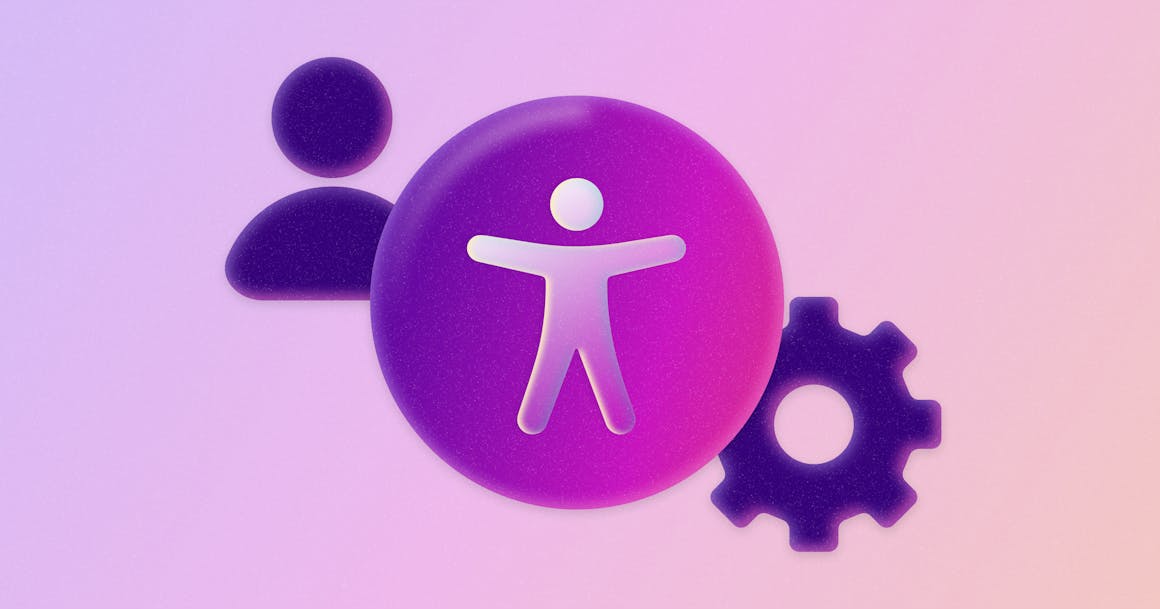

Ready to see AudioEye in action?
Watch Demo
In this blog post, David Moradi, AudioEye's CEO, explains why a combined approach of automation and human expertise can help businesses find and fix more accessibility issues — and deliver an inclusive experience to every website visitor.
In the disability community, there's a debate over the use of automation to help make websites and mobile apps more accessible.
While much of the criticism comes from accessibility consultants with a financial interest in promoting the benefits of manual audits, it's worth examining the benefits of each approach — and why I believe the surest path to an inclusive digital future combines automation and expert human audits.
Our commitment to a comprehensive approach to digital accessibility
Ironically, some consultants try to lump AudioEye in with simple accessibility widgets and overlays when many of the arguments they make about the limits of automation are the same ones we've been telling prospective customers for years.
At AudioEye, we agree that automation alone cannot guarantee a fully accessible or compliant website — no matter what some overlay companies claim. There are too many accessibility issues that can only be identified or remediated with the help of human testers.
However, it's also true that manual audits alone cannot guarantee an accessible browsing experience for every website visitor. Even if you audited your website every month (which would be prohibitively expensive and time-consuming), that would still leave plenty of opportunities for new accessibility issues to slip through the cracks with each website update. Worse, most consultants leave clients with a long list of accessibility fixes to implement — slowing progress and putting tremendous pressure on internal teams.
At AudioEye, we recognize the value and necessity of a comprehensive approach to accessibility. It's why we've spent the last few years building a team of certified accessibility experts and people with disabilities to help us expertly test websites.
In the last year, we've launched several programs to strengthen our product and service offering for enterprise customers — and ensure that we're positioned to help solve the accessibility challenges unique to their organization.
None of these investments fit the profile of a "one-line-of-code" company, despite what a few online detractors might claim.
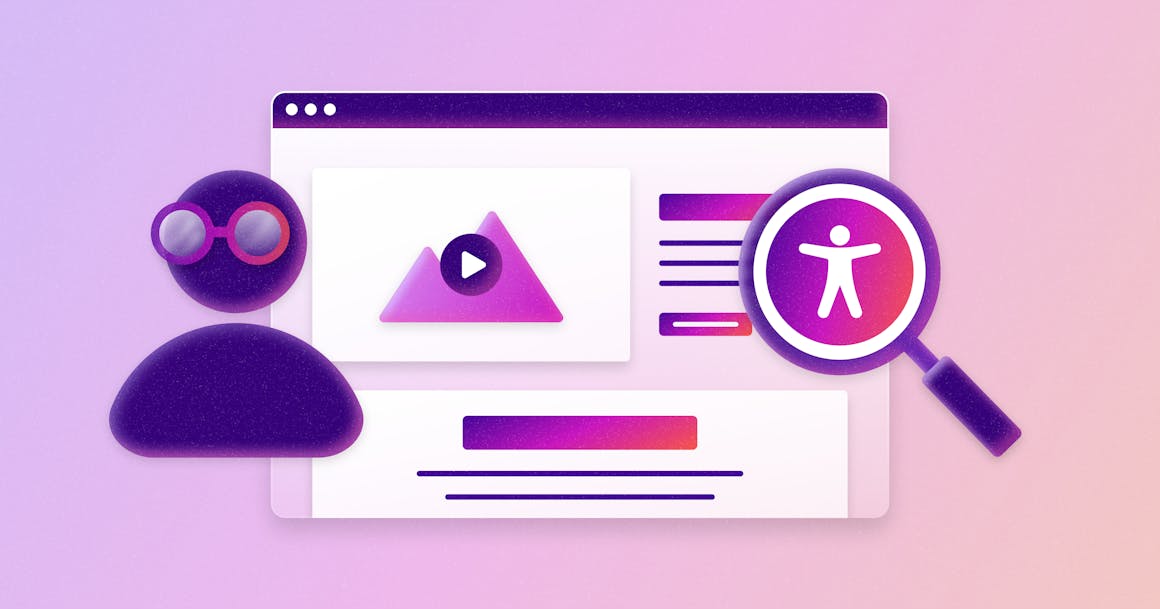
Automation alone won't make the web fully accessible, but it's still a critical first step
When we talk to people about the benefits of pairing expert human audits and automation, we often lead with the data.
Earlier this year, we analyzed over 900 legal claims in the accessibility industry to determine how many of them were valid — meaning the accessibility issues cited in the lawsuit could be reproduced and confirmed.
After reviewing the lawsuits, we found that organizations that did nothing - using no accessibility vendor - had the highest percentage of valid claims (~70%).
Organizations working with an overlay vendor or an accessibility consultant performed slightly better, with just over half of claims being problematic (56% of claims).
That number should be alarming to any organization considering an automation-only or manual-only approach to digital accessibility. It's pretty clear from the data that neither can deliver the kind of ongoing, scalable accessibility needed to reduce the risk of lawsuits.
By comparison, using our approach of automation + services resulted in a 67% improvement compared to other solutions.
Users shouldn't have to "opt into" accessible digital experiences
Based on the lawsuit data alone, it's clear that automation needs to be a part of any comprehensive approach to digital accessibility.
Still, any conversation about the benefits of automation should also address how to use it responsibly. In 2020, payroll processing giant ADP was sued for having an inaccessible website — and the case is often held up as an example of why automated accessibility solutions don't work.
AudioEye is often referenced in discussions about this case because ADP was a customer at the time. However, it's important to note that ADP utilized a highly customized approach to accessibility by having website visitors activate an opt-in to begin remediations – the user had to select an accessibility mode instead of all fixes being activated automatically.
We have always advised against this approach for a few reasons:
- If it had been turned on by default for every website visitor, our technology would have automatically remediated all of the accessibility violations cited in the lawsuit — before they could impact users.
- Requiring people to opt into an "accessible" version of a website also requires them to disclose their disability, which is contrary to the very idea of equal access.
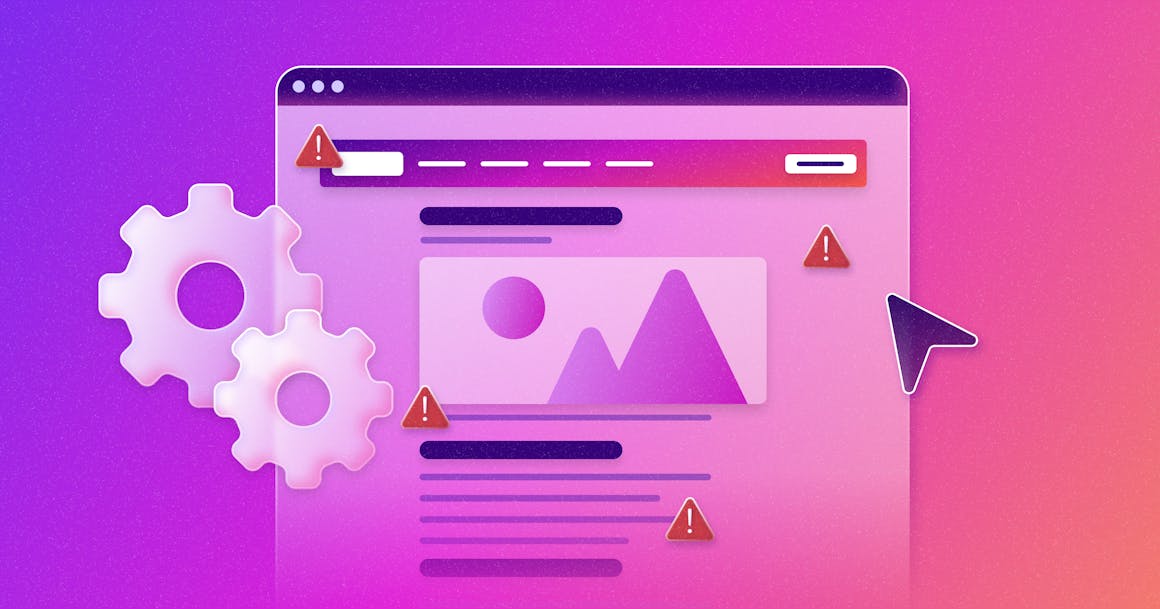
Remember to consider the importance of making steady progress
In the accessibility community, the expression "progress, not perfection" has gained plenty of traction in the last few years.
I'm excited that more organizations are looking into the accessibility of their digital experiences, but there's still work to do. And it starts with transparency.
Accessibility vendors on both sides of the technology debate need to be honest about the limitations of their solutions and avoid falling into the trap of promising a silver bullet.
A single line of code cannot deliver fully accessible digital experiences, just like a manual audit every few months cannot ensure an accessible browsing experience for every website visitor. It takes a combination of the two — and plenty of input from members of the disability community — to build a more accessible digital future.
I take great pride in our approach to digital accessibility. Not only are we helping our customers deliver accessible browsing experiences and reduce their risk of being sued, but we're also creating opportunities for members of the disability community to help shape the present and future of accessibility. I'm confident we're on the right track — and I hope you join us in tackling digital accessibility from every angle.
Ready to see AudioEye in action?
Watch Demo
Ready to test your website for accessibility?
Share post
Topics:
Keep Reading
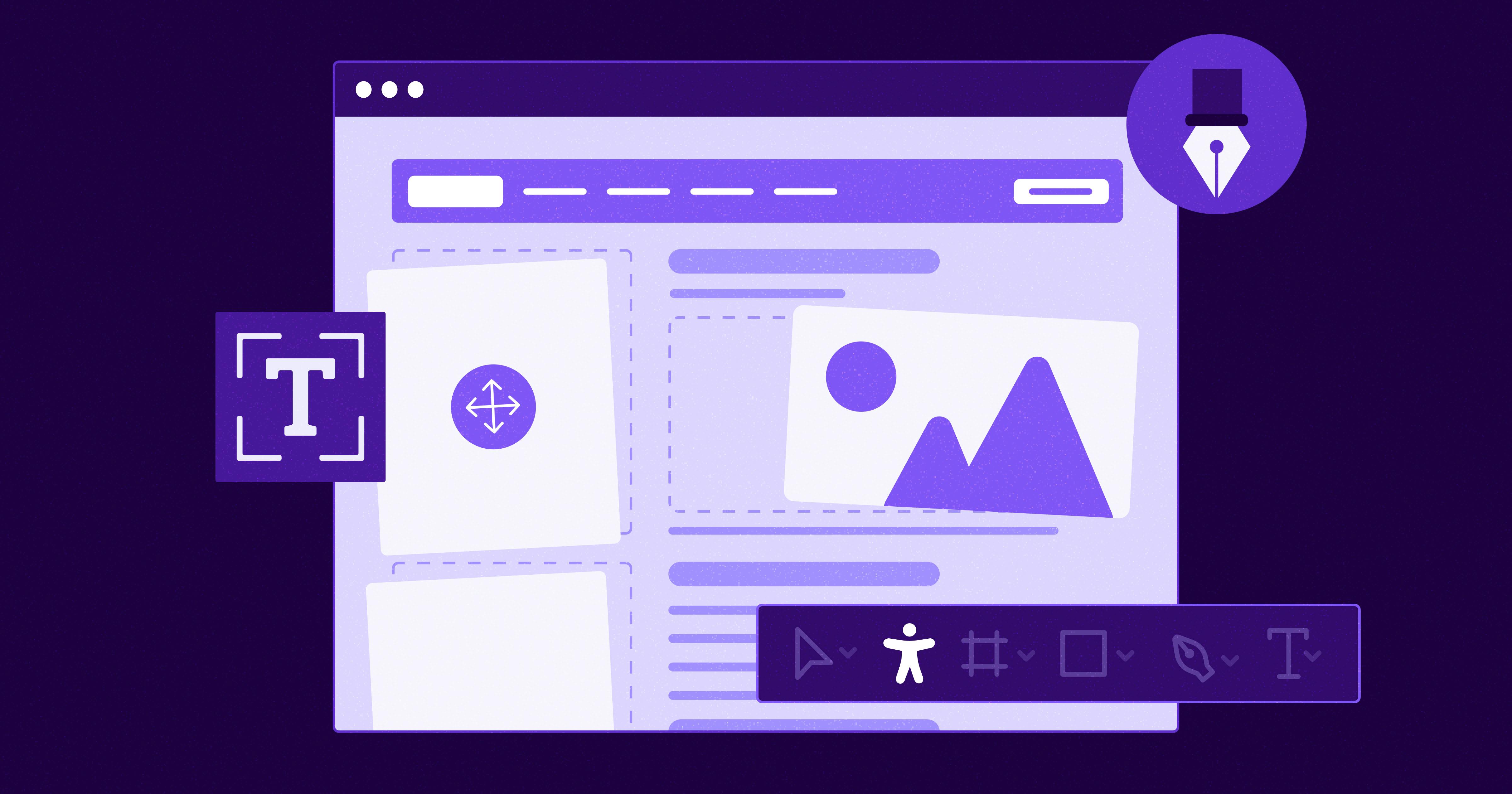
7 Websites That Got Accessibility Right (and What You Can Learn)
Looking to create an accessible website? See how seven companies utilized accessibility best practices to create a seamless user experience that works for all.
accessibility
April 11, 2025
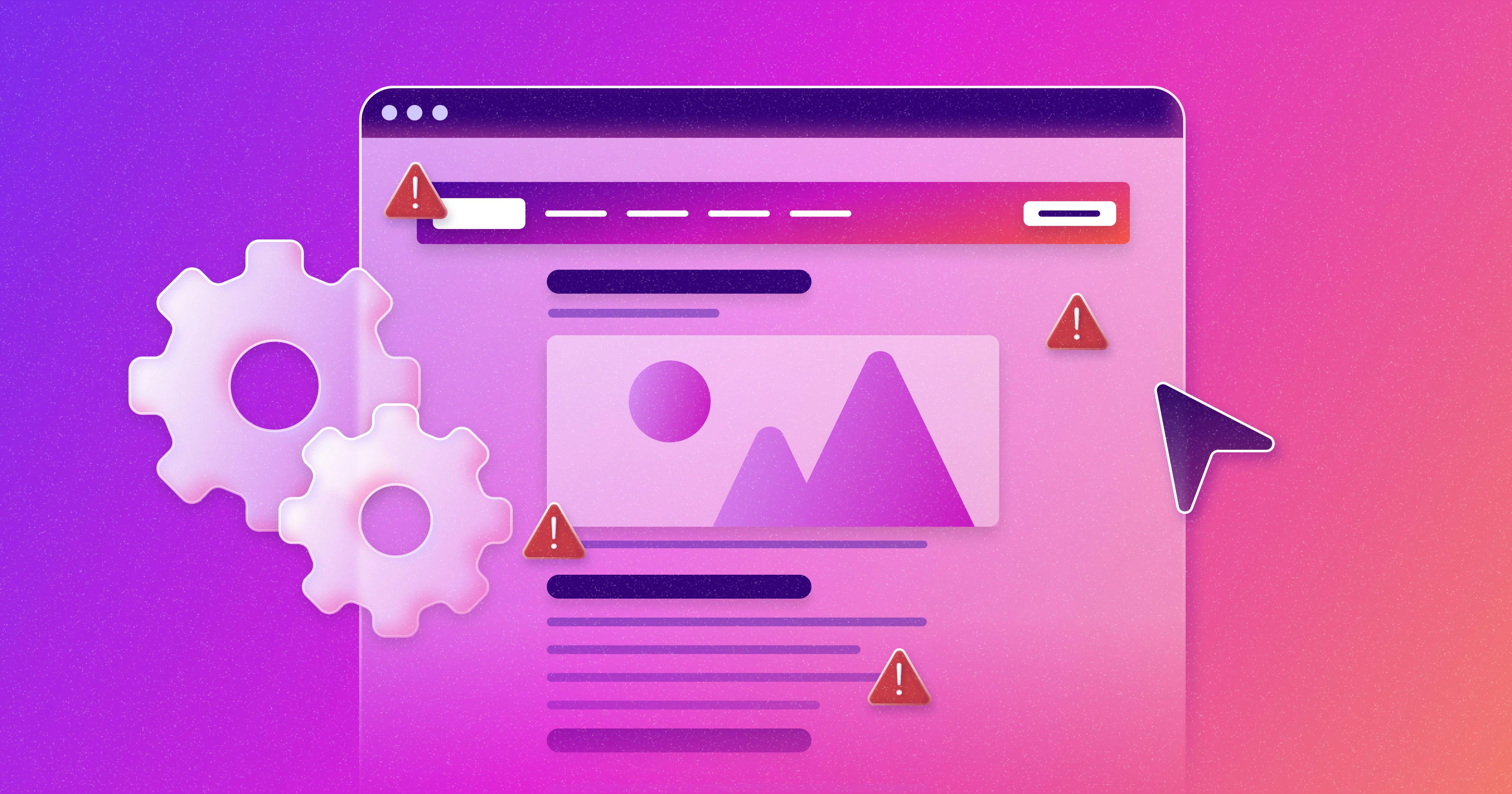
Why People + Automation Is the Right Approach to Accessibility Testing
Discover how using both automated and manual accessibility testing is the perfect approach to creating accessible, compliant digital content.
accessibility
April 08, 2025
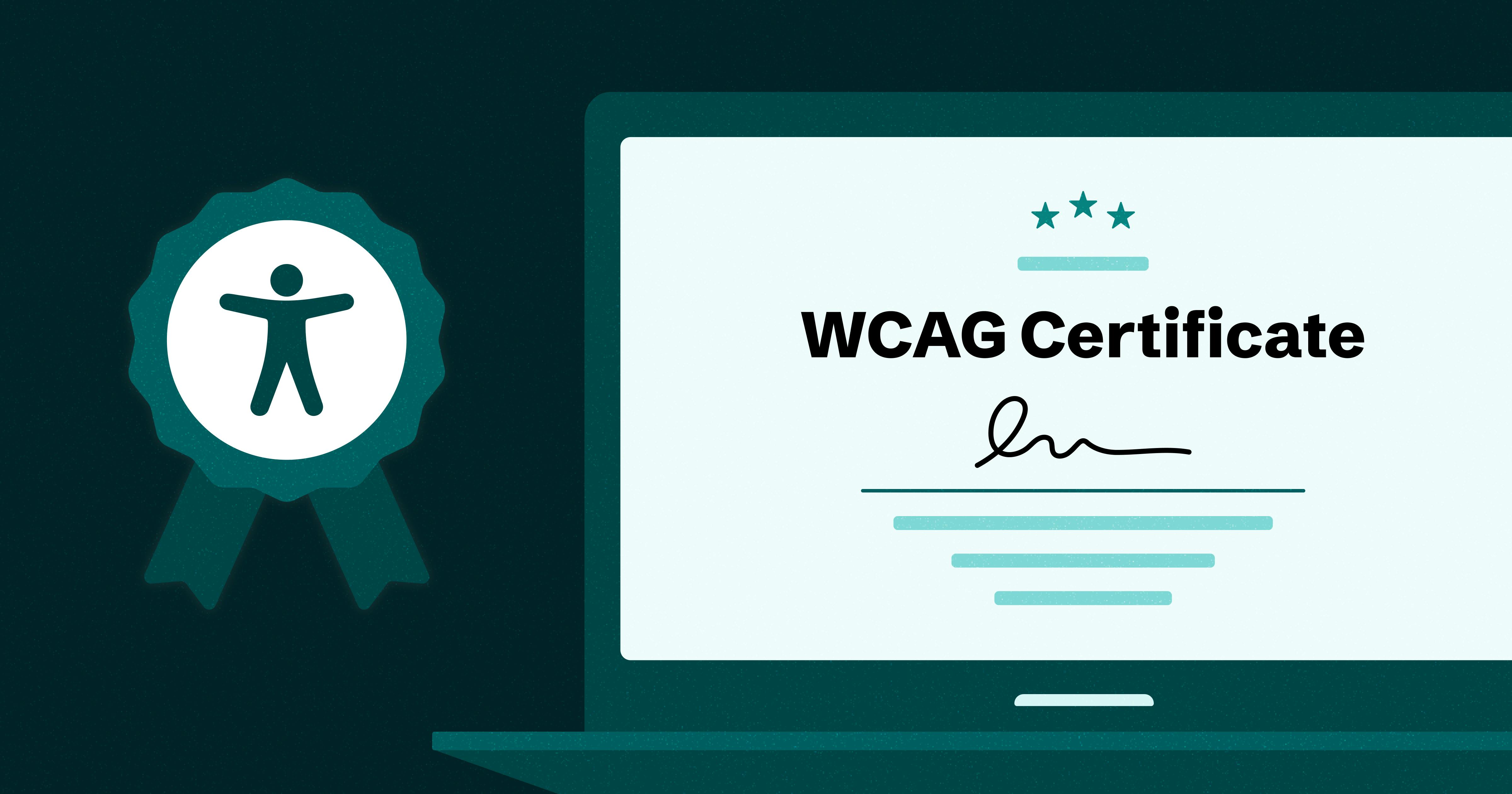
Is WCAG Certification Possible? 6 Things You Need to Know
While WCAG standards don’t offer official certification, there are training programs and professional credentials that can boost your accessibility expertise. Learn more.
accessibility
April 03, 2025
